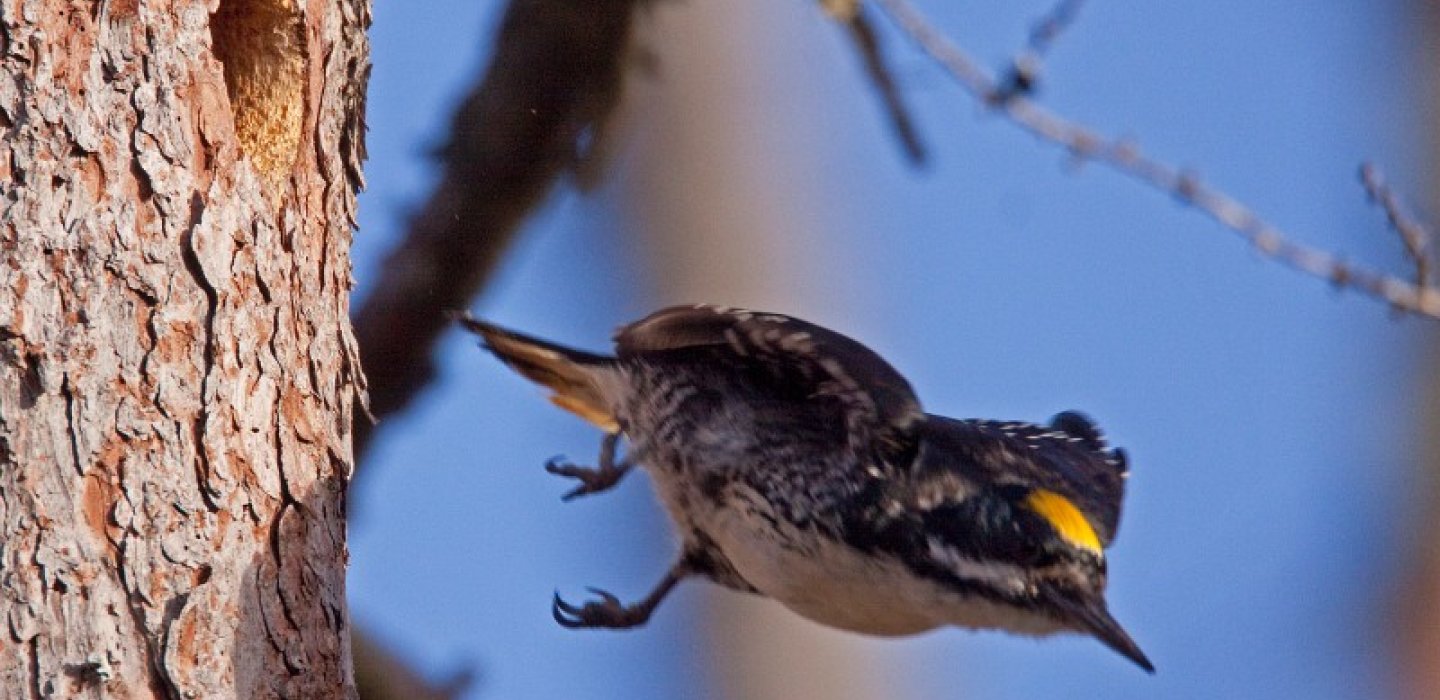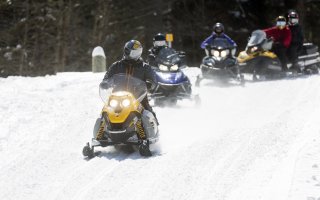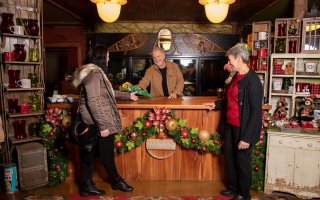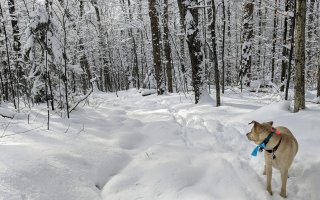
Starting in Boreal Habitat
I had the chance to do some birding in the Malone area the other afternoon and so Wren and I spent some time cruising along the backroads in search of whatever we could find. We started at California Road which sits a short distance south of Malone and offers excellent boreal birding opportunities. The quiet dirt road is great for walking - we only encountered one small group of ATVs during our time. We walked south and then north along the road finding some fall flocks of birds which included Yellow-rumped Warblers, Black-capped Chickadees, Red-breasted Nuthatches, White-throated Sparrows, Dark-eyed Juncos, and a lone female Black-throated Blue Warbler. We also heard the distinct pik call of a Black-backed Woodpecker and I hooted a couple Barred Owl hoots to see if I could induce the woodpecker to come in closer for a look. It never did.
My calling did upset the chickadees, however, and later I spished up a small contingent of Hermit Thrushes in the alder thickets. Their calls soon attracted a Blue-headed Vireo as well as more Yellow-rumped Warblers, offering us a nice collection of fall birds.

Scanning Through the Geese Flocks
Our walk finished, we drove north on backroads in search of birds, but we mostly enjoyed the changing fall leaves as we went. We eventually wound our way to the Malone Memorial Recreation Park, where I stopped to see what waterfowl had arrived for the fall. Canada Geese dominated the small pond - with a few thousand birds in the dark, honking mass - and I sifted through them for a while in search of less common species. We are getting to the time of year for uncommon birds like Greater White-fronted Goose and Cackling Goose, after all. But I found neither of those species - although I couldn't see into all of the corners of the pond. I did, however, count 19 early Snow Geese all together on the far side of the pond. I moved to that side of the pond to get a different vantage point from which to scope the water and found a number of ducks as a result. There were the usual Mallards, but also a few Common Mergansers and a single Ring-necked Duck - all signs of the waterfowl migration which is only just beginning. I'll have to stop back in to search through the geese flocks which are sure to grow in size in the coming weeks.
Farm Fields and Fresh Tomatoes
We continued on our route through farm fields - finding American Kestrels bobbing their tails on wires, Red-tailed Hawks and Turkey Vultures soaring, and the Wild Turkeys for which they are named feeding in the fields. I was hoping to stumble upon some late shorebirds in flooded patches of the fields, but our dry weather has kept the puddles to a minimum and I only found a few small patches of water along Mary O'Reilly Road which were held under the care of a couple Great Blue Herons.
The songbirds in the fields proved a bit more interesting with Eastern Meadowlarks in a few places, Red-winged Blackbird flocks, Savannah and Song Sparrows, as well as a Horned Lark along the edge of the road.

Eventually I turned the car towards home - my plan was to walk Wren in the woods again before darkness had settled. But I continued to work my way along through the fields in the hope of finding something of note. I succeeded in this endeavor when I stopped at an Amish farm stand and bought a large bag of tomatoes. I like to combine birding with eating and I've been feasting on the tomatoes ever since. After all, stretching summer produce into the fall is a great way to add enjoyment to birding trips and to begin the colder months of the year.
Now is a great time to explore the Northern Adirondacks and the St. Lawrence Plain. Fall birding is at a prime and there are many beautiful autumn days ahead. Check out our outdoor recreation, lodging, and dining pages to learn more.






Comments
Add new comment